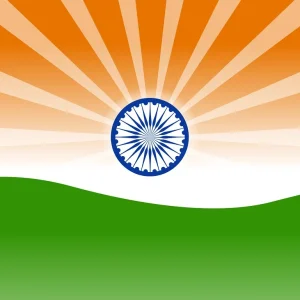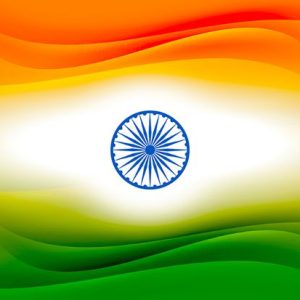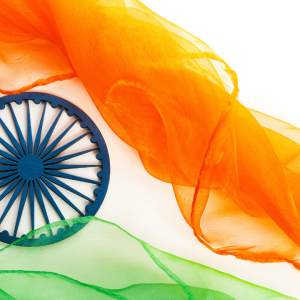

Join Tiranga
The Indian flag, officially known as the Tricolour, represents India’s unity, pride, and variety. It consists of three horizontal strips of varied colors and a central emblem, each with its own meaning.
The flag is topped with a vivid saffron band. This color symbolizes courage, sacrifice, and the attitude of renunciation. It symbolizes the country’s commitment to the values of bravery and selflessness. A clean white line runs directly beneath the saffron band. White represents purity, truth, and tranquility. It exemplifies India’s dedication to unity and the quest of truth. The bottom band is a lush green that represents faith, fertility, and the land’s prosperity. This green stripe symbolizes the country’s continued expansion and vigor.
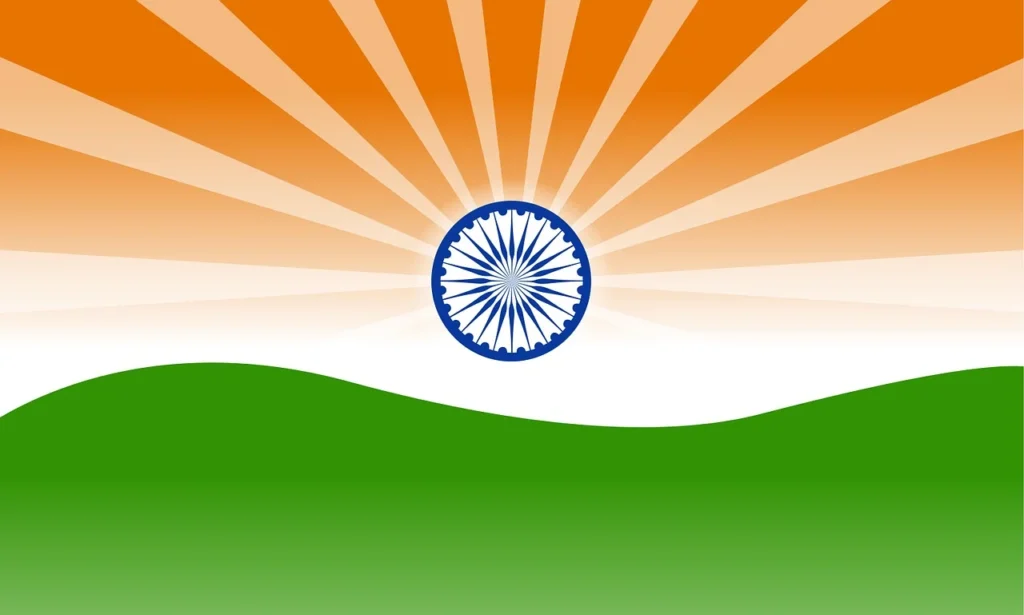
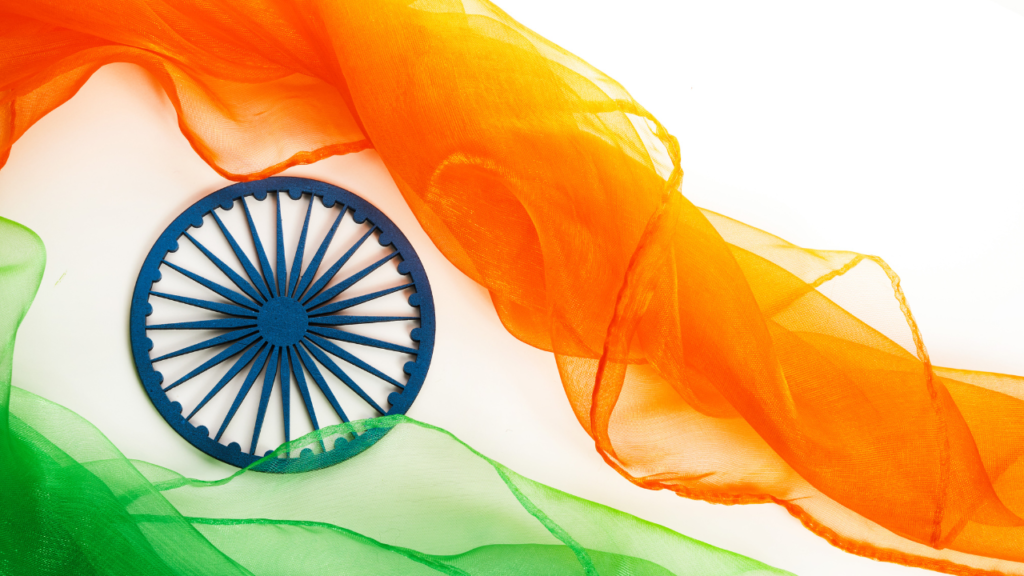
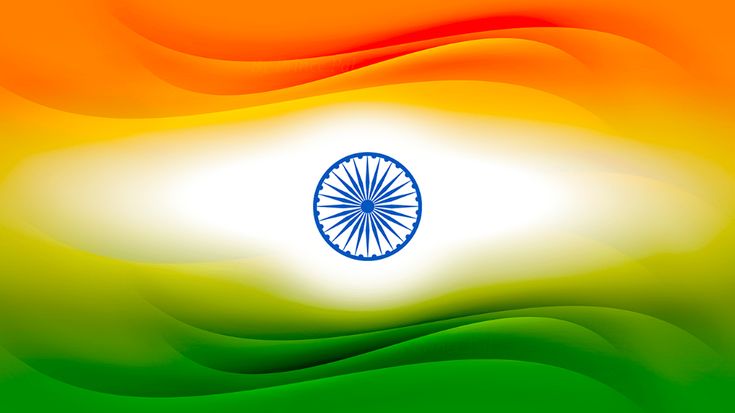
The History of the Indian National Flag
The journey of the Indian National Flag began in the early 20th century during the Indian freedom struggle. The Tiranga as we know it today was not always the national flag. The flag evolved through several stages, reflecting the aspirations and struggles of the Indian people.
